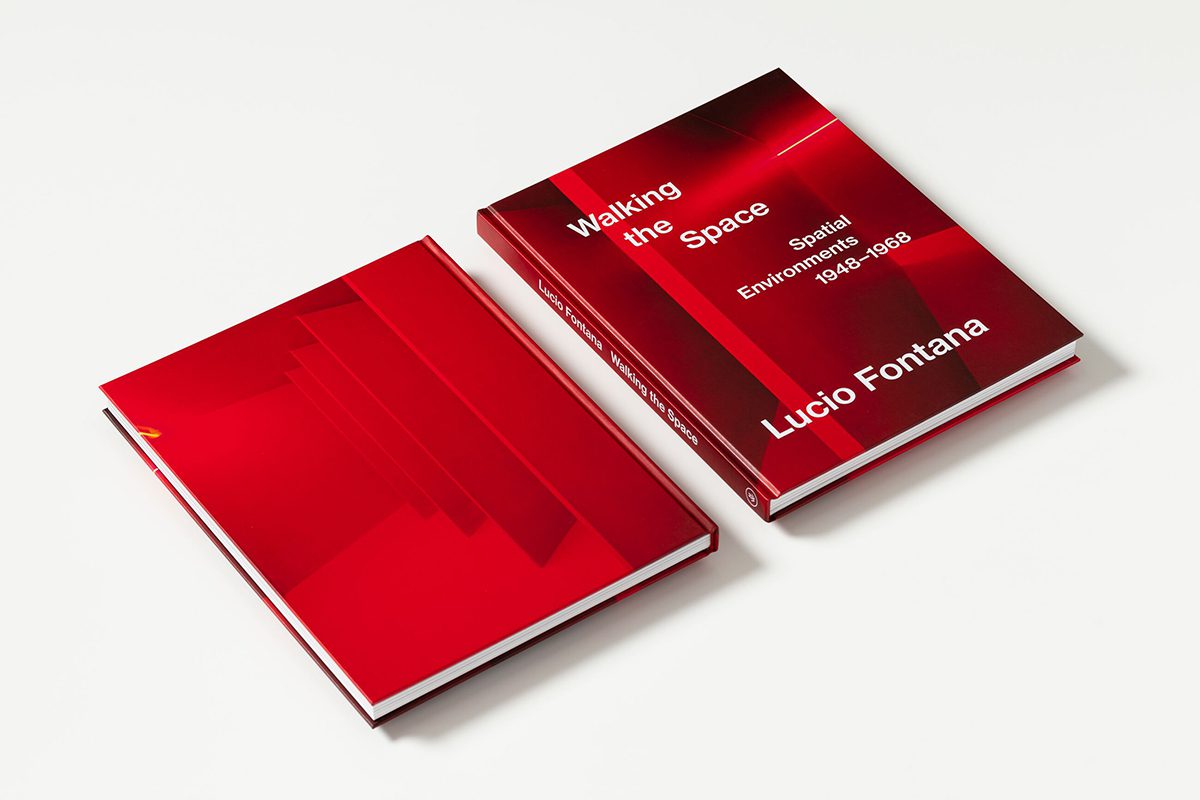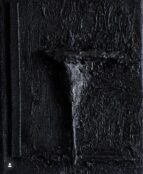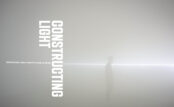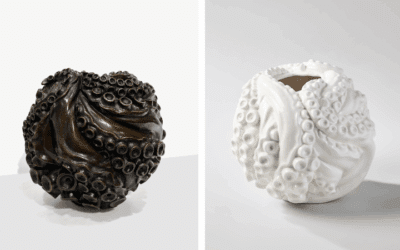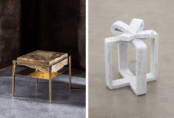In 1966, on the occasion of Lucio Fontana’s first retrospective exhibition in the US, curator Jan van der Marck wrote: ‘Fontana is aware of a crisis in the visual language of our time. This awareness had led him…to reject established formulas and search for new ways to adapt art to a technological society.’ This comment consciously steers away from the lofty language of ‘creative genius’, instead highlighting the Argentine-Italian artist’s attempt to respond to the rhythms of a world, which was witnessing the first glimpses of modern hyper-connectivity and disembodiment.
Unfortunately, however, Luca Massimo Barbero’s essays in Walking the Space, the book which was published alongside the exhibition of the same name at Hauser & Wirth in Los Angeles in 2020, do little more than fluff up the artist’s importance. There is, of course, immense value in contextualising an artist’s practice (it is especially interesting to read how Fontana’s works evolved in relation to developments in science and architecture), but pure context can evade or even deaden the art itself.
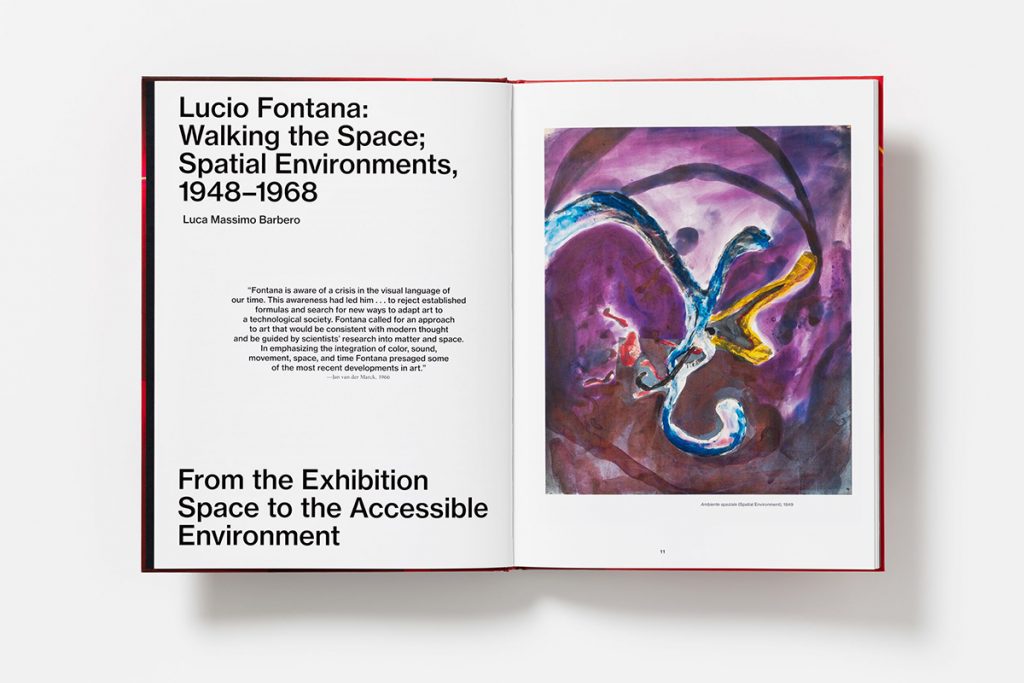
This prompts an essential question: what is art writing for? And is or should art writing be different to art criticism or art history? Answers inevitably vary depending on the intention of a specific project, but Walking the Space is a book that accompanies an exhibition of an artist who, as noted by van der Marck, ventured to challenge the conventional and reshape perspectives through radical artistic experiments. Barbero might be the ‘authoritative scholar on the artist’, but the static language employed is strikingly at odds with Fontana’s creative life force. In many ways, his writing aims at the impossible: to solidify the ephemeral, the fleeting and the illusory.
That’s not to say that Fontana’s works were immaterial. As explained, in one of the book’s more evocative essays Reconstructing Italy: Architecture and Environment, ‘Light became in every respect a new material’ (see our essay on Barbara Kasten) and specifically, in Fontana’s work, it offered a way of not just illuminating, but drawing space. The artist’s Struttura al neon per la IX Triennale di Milano (Neon Structure for the Ninth Milan Triennale) 1951, for example, comprised spiralling, suspended scribbles of ethereal, white neon light that seeped into the surrounding dark, showing a kind of collision or merging of space and light. The book features some excellent photography of such works (the layouts of the Spatial Environments are particularly well done, unfolding over a number of pages), but the text, as informative as it is, has a distancing effect. The words become a kind of wall between us – as the reader and viewer – and the experience.

The decision to commission Barbero as the primary writer may have been an attempt to emphasise and validate the historical significance of the artist (out of genuine belief and/or for commercial reasons), but in fact, it has the opposite effect. The singular voice is not captivating enough to hold the reader’s attention and as such, the point of the work gets smothered.
The book is undoubtedly beautiful, but one can’t help feeling that a better approach would have been to intersperse Barbero’s texts with more visceral writing by not only art scholars and historians, but also poets, novelists, artists, architects, philosophers and urbanists.
“Lucio Fontana: Walking the Space; Spatial Environments, 1948-1968″ is edited by Luca Massimo Barbero and published by Hauser & Wirth publishers. The book is available to purchase via hauserwirth.com/publications/30824-lucio-fontana-walking-space-spatial-environments-1948-1968

Millie Walton is a London-based art writer and editor. She has contributed a broad range of arts and culture features and interviews to numerous international publications, and collaborated with artists and galleries globally. She also writes fiction and poetry.

